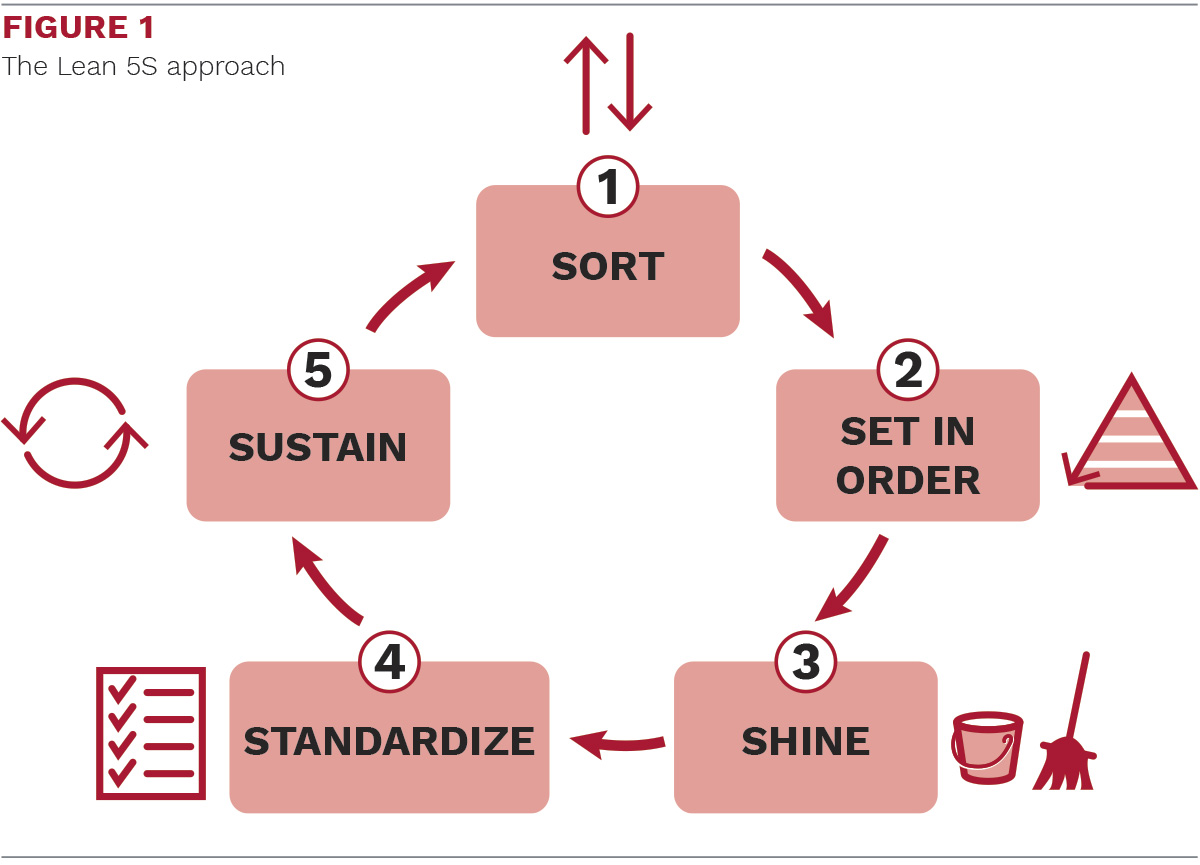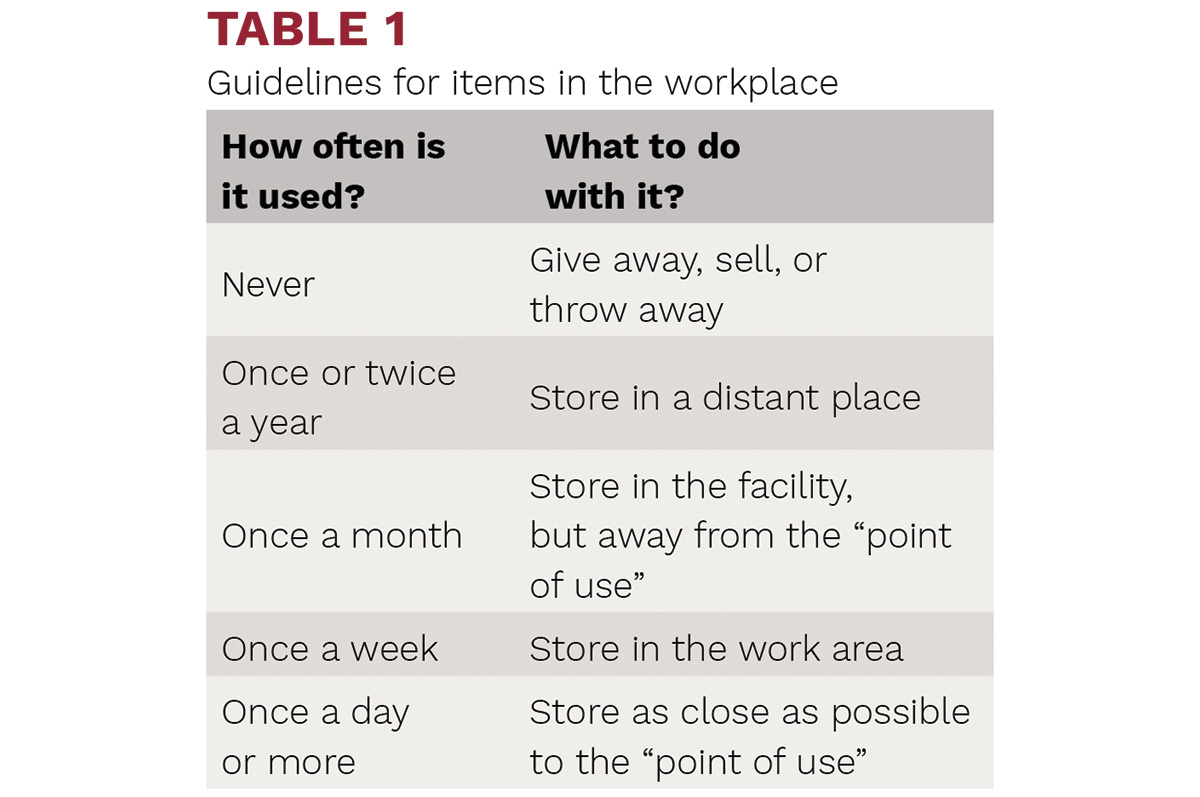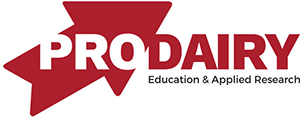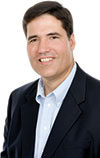Farm employers are constantly looking for ways to get work done better, faster, and more consistently. In this era of ever-increasing labor costs and decreasing availability of employees, it’s even more important to focus on labor productivity and efficiency. Lean management philosophy holds the promise to improve labor productivity and efficiency, but it’s much more than that. Lean is an approach that can also involve employee teams in continuous improvement of quality and performance, thereby engaging employees in a positive way.
Lean management is not new. It’s part of the overall quality movement that emerged after World War II and proceeded to improve manufacturing processes all over the world. Jana Hocken adapted the lean approach to dairy farming in Australia and wrote a book titled “The Lean Dairy Farm.” A major component of lean is to plan the physical workplace so that work is efficient, focused, safe, and free from distractions. When we think of employee management, we often think of non-physical concepts like communications or leadership, but the physical tools and place where employees work have a big, direct impact on performance. The lean process to transform the physical workplace is called the 5S approach: 5S stands for sort, set in order, shine, standardize, and sustain.

SORT
The first step to take an unplanned and cluttered workplace and clear it out to create a new and better place to work. Start small and choose one specific area to focus on. For example, the parlor, the milkhouse, the calf barn feed room, or one section of the shop. Choosing a big area is overwhelming. Clear out everything that is not bolted down. Give the place a thorough cleaning while all the stuff is out. Sort all of the cleaned-out stuff into four piles:
1. Needed items for work in this place
2. Needed items for work in other places
3. Stuff you’re not sure about and need to check with others
4. Scrap, junk, trash, outdated/expired stuff to get rid of. Don’t be too surprised if there’s a lot of junk!
SET IN ORDER
This is the time to plan a new and better workplace. Return to the workplace only items from pile one: needed for work in this place. Your goal is to design a decluttered and clean workplace that helps employees focus on doing the important tasks for right here. You want employees to have frequently used tools and materials available right at their elbows, so they don’t even have to walk across the room to get a tool. To do this, get creative about placing tools and supply bins close to the work so employees can easily grab what they need.
In her book Hocken recommends the following guidelines for items in the workplace:

Let your creativity flow in this stage. Don’t just go back to the old way of doing things. Get employees to help brainstorm new ways to organize and store things conveniently and safely near the point of use. Sometimes you might need to buy some new tools: if the 9/16-inch wrench is always in the truck rather than in the shop, then invest in another 9/16-inch wrench so both places have one.
SHINE
Once the new workplace is in order, keep it that way. You know the drill: everybody gets busy, cleanup takes a backseat, and pretty soon the mess and clutter creep back into the workplace. Instead, build time into every shift, every day, to inspect and clean the workplace. Make it an expectation that work is not done until the workplace is cleaned up and returned to order. Provide tools close to the workplace to clean it. A shined-up workplace is much easier to spot problems in, like leaks or spills, than a cluttered and filthy one.
Flagging problems and needed repairs is part of the shine step. Create a work process that empowers employees to identify problems right away so they can be fixed. Red tags are used in manufacturing to indicate a broken tool, or perhaps a broken gate. These tags are easily purchased online. Create a repair log and assign a person to monitor and make repairs, indicate in the log when the repair was requested, and when it was completed. Prompt repairs and follow-through are critical to keep employees engaged. It’s de-motivating to request a repair and have it take an unreasonable amount of time to happen.
STANDARDIZE
Sort and set in order are big jobs the first time you do them. Standardize is about setting up performance expectations, procedures, and tools to ensure everything continues to work as expected. Like in shine, adapt standard operating procedures (SOPs) to include a step to clean up the workplace and put everything where it should be. Set a clear expectation that everyone does this step every time. Another place to standardize is tools and machinery. Why have two or three different kinds of dip cups or calf tubes? Instead, standardize one type so employees only need to learn how to use that one. Some farms are even standardizing machinery, choosing skid loaders, trucks, and other machines of one brand for consistency in operation.
SUSTAIN
The last S is about building a culture that sustains all of the previous, hard-earned improvements. Work with your team to build a customized, scorable checklist for the work area. Use the checklist to conduct regular audits of the workplace. The audits can be done by a manager but it’s even better if employees conduct self-audits.
Another sustain tip is to take a photo of the work area when every tool and supply is in order and ready for work to begin. Have the photo printed and laminated in a large format that can be posted right in the work area. This photo serves as a visual guide for every employee to see exactly how the work area should be and to compare it to how it is right now. If something is missing or not re-stocked then the problem is easily seen and corrected.
Finally, 5S requires a culture change that is sustained over time. As a leader, you need to be enthusiastic about Lean 5S and supported by other managers and employees. Involve your team at every step to make the change and sustain it for the long-term. Engage your team to embrace the idea that “this is how we do things around here.”
 |
This article appeared in PRO-DAIRY's The Manager in July 2023. To learn more about Cornell CALS PRO-DAIRY, visit PRO-DAIRY. |






